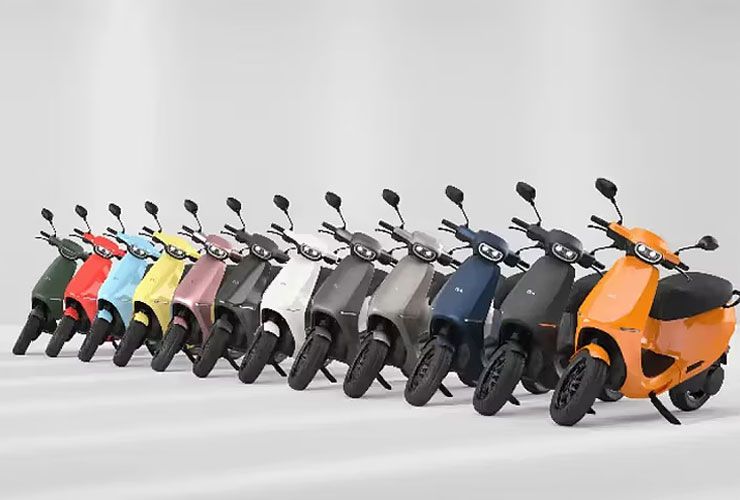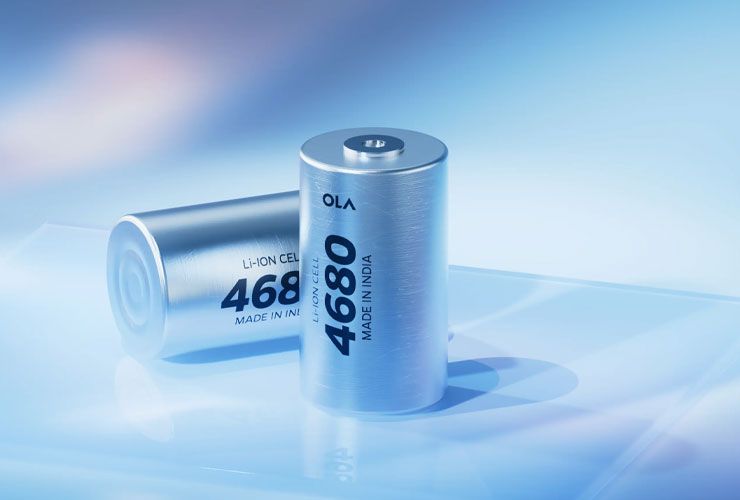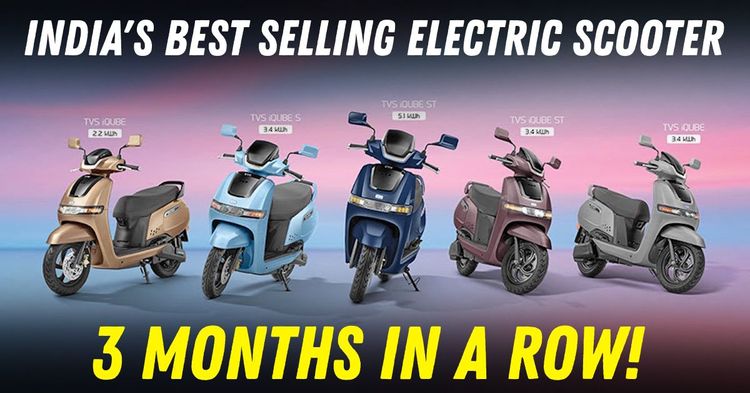Ola Electric Targets 25-30% Market Share with Better Margins


Bhavish Aggarwal’s address at Ola Electric’s gigafactory in Krishnagiri, Tamil Nadu, outlined the company’s target to regain a 25-30% share in India’s two-wheeler EV market. Speaking to employees and investors during the annual Sankalp event, Aggarwal highlighted vertical integration, technology development, and in-house capability building as the pillars of Ola’s strategy.

The target comes after a period of decline for the brand. Ola’s market share has dropped sharply from 52% in June 2024 to 17.35% in July 2025. Registrations fell from 41,802 units in July 2024 to 17,848 units this July, marking a significant contraction.
In the same period, competitors like TVS Motor and Bajaj Auto have strengthened their positions, holding 21.6% and 19.1% market share respectively. Strong dealer networks and established service channels have given these brands an edge.

Ola’s decline was compounded by quality concerns, customer complaints, and regulatory scrutiny. Warranty claims increased, requiring higher provisions, and the company faced technical issues with its registration systems. These factors impacted both consumer trust and operational efficiency.

Aggarwal described the past two quarters as a transition. Ola phased out its Gen 2 scooters and introduced the Gen 3 range, including new electric motorcycles like the Roadster X. The updated models have reportedly improved reliability and build quality, reducing warranty claims by 60%. Gen 3 products now make up 80% of Ola’s sales.
The product diversification aims to reduce dependence on scooters and tap into performance and premium segments. These moves are intended to appeal to a wider customer base and recover lost ground.

The gigafactory at Krishnagiri is central to Ola’s plan. It houses India’s first indigenous 4680 lithium-ion cell production line, now used in the S1 Pro Plus scooter and Roadster X Plus motorcycle. The plant is operating at 1.4 GWh capacity, with plans to scale to 5 GWh by FY27.
Vertical integration, according to Aggarwal, can cut costs by up to 30% and improve margins to 35-40% by FY26 by reducing dependence on imports and limiting exposure to global supply chain issues.
The company’s Project Lakshya has also trimmed monthly auto operating expenses from Rs 178 crore to Rs 105 crore. These measures helped Ola report a positive auto EBITDA for the first time in June 2025.
Ola’s Q1 FY26 revenue stood at Rs 828 crore, down 49% year-on-year but up 35% from the previous quarter. Losses widened to Rs 428 crore year-on-year but improved compared to the Rs 870 crore loss in Q4 FY25.
Margins improved to 25.6%, the best so far, supported by higher-margin Gen 3 products and software services like MoveOS+. The company expects free cash flow positivity by Q4 FY26, with projected sales of 3.25-3.75 lakh units and revenue guidance of Rs 4,200-4,700 crore.
Technology remains a key differentiator. Ola is developing its own battery management systems, controllers, and software to support predictive maintenance, over-the-air updates, and subscription-based services. The MoveOS platform aims to create recurring revenue opportunities through features like navigation and diagnostics.

The EV two-wheeler market is competitive and growing, with monthly sales in the 1-1.2 lakh range. Rivals like TVS iQube and Bajaj Chetak continue to perform strongly, while Ather Energy targets premium customers. Ola plans to address different segments with the S1 series for commuters, Roadster for enthusiasts, and potential cargo and three-wheeler options in future.
Expanding distribution and service remains crucial. Ola’s direct-to-consumer model is supplemented by franchise partners, but coverage gaps remain. The company is investing in mobile service units, predictive maintenance, and remote diagnostics to improve service.
Aggarwal’s target of 25-30% market share is ambitious given the company's precarious current situation. The festive season could help boost volumes, but success depends on consistent execution, better service, and rebuilding customer trust.